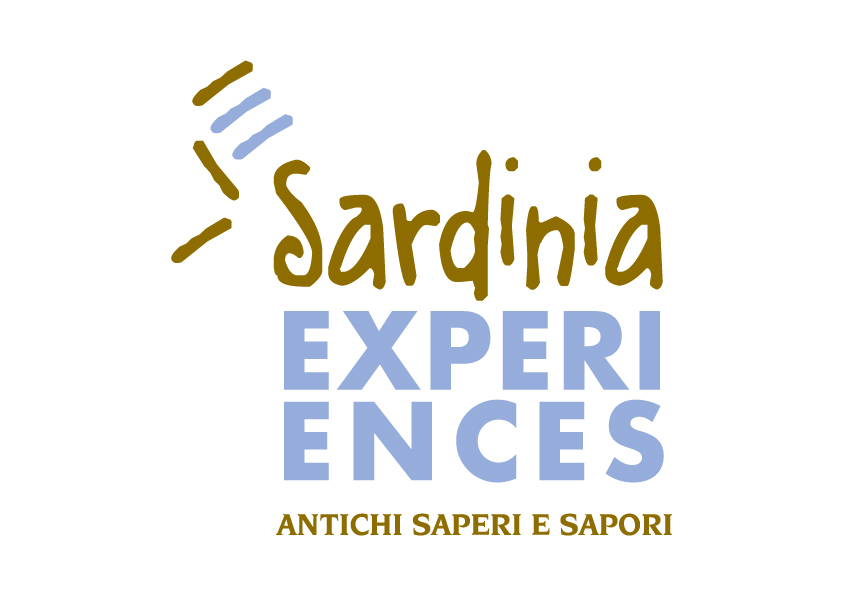HISTORICAL NOTES
A brief history of Aritzo
Some 70 kilometres from Nuoro, Aritzo has become a holiday attraction thanks to its unspoilt nature, wholesome air and a myriad of light water springs, including the Is Alinos fountains and the funtana de S’Antantoni. The typical stone houses of the village, with their wooden or wrought-iron balconies, overlook cobbled streets. The parish church of St Michael the Archangel, with works of art including paintings, statues, an 18th-century organ and a polychrome marble altar, stands in the centre of the village.
Outside the village we can plunge into the chestnut and hazelnut woods, discovering the Texile, a natural monument of dolomite rock in the shape of a mushroom, and the domus de Janas di is Forros on the Mont’e Susu.
Also of great interest are the 17th-century Spanish prisons, maximum security until the mid-20th century – where some of Napoleon’s French officers were also held – characterized by a subway known as sa Bovida. Today they are the setting for Bruxas, a fascinating exhibition on witchcraft, instruments of torture and the Holy Inquisition in Sardinia; the ethnographic museum of the Sardinian mountains, which reconstructs the agro-pastoral culture of Barbagia through a heritage of traditional clothes, masks, handicraft and kitchen implements.
Aritzo is also known as the ‘capital of chestnuts’, with a dedicated festival taking place every year in October. Also dating back to the 17th century is the charming Devilla house, in the historic centre, not far from the Arangino castle, built in 1917 with exposed stone, according to medieval models.
We can also admire a collection of cascie (wooden chests) made from chestnut wood by the famous masters of Aritzo, used to store bread and linen, and paintings and engravings by the artist Antonio Mura in the town hall.
Not to be forgotten is the ‘snow industry’, the activity of collecting ice in domos de nie (‘ice houses’), deep wells dating back to the 17th century. Until the early 20th century, in summer, the niargios (snow merchants) traded blocks of ice throughout the island and also used them to make sa carapigna, a sort of lemon sorbet, a famous local dessert, still a main feature of festivals across the island and especially of one held in Aritzo in mid-August.




